Star Struck
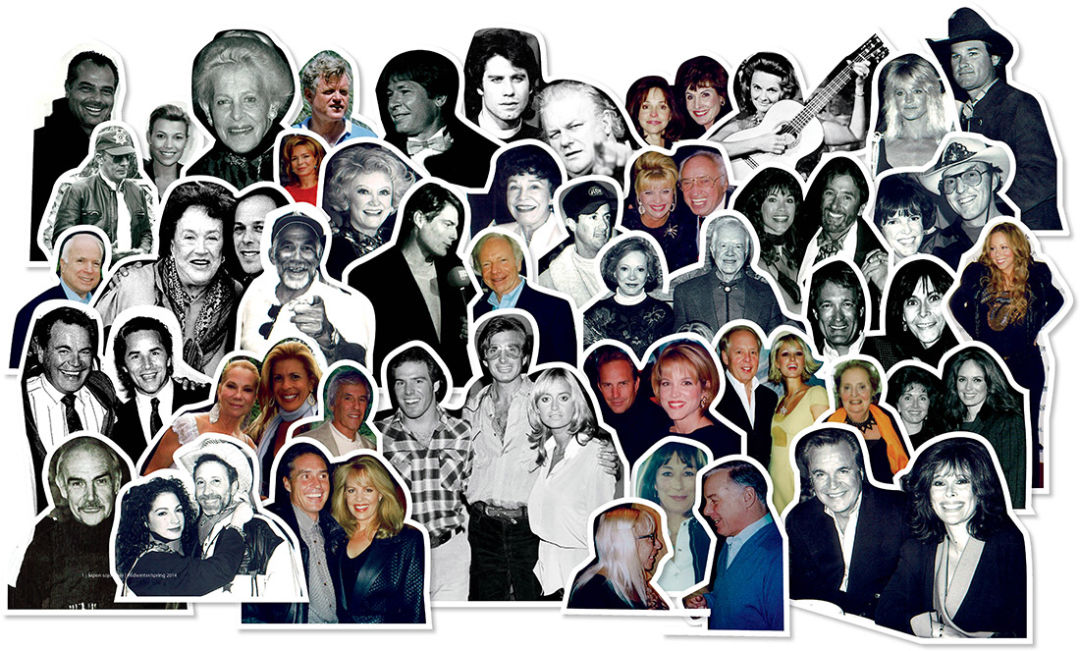
As one of the West’s richest silver-mining towns, Aspen attracted celebrities almost from the moment it was established. Even during a long, early-1900s lull in its own fame and fortune as a community, public figures and luminaries continued to spend time and live here. And after the post-WWII cultural and recreational renaissance, it quickly became a salt lick for celebrities and a virtual petting zoo for the rich and famous. Interestingly, the boldface names that forged a real relationship with the community, by either living here or visiting frequently, often ended up reflecting something true about the Aspen of their respective eras.
In the Beginning
When you see their images today, you have no doubt that the coolest, most glamorous people in Aspen when it first began were the Ute Indians, specifically the four of them visiting Aspen in the 1880s who had their pictures taken by well-known local photographer Horsethief Kelly. The enlarged image has hung in various businesses around town and is a local favorite. Of course, the Native Americans themselves were considered undesirables back then by the white settlers who built the town. Other of Aspen’s most famous residents would be similarly maligned over the years.
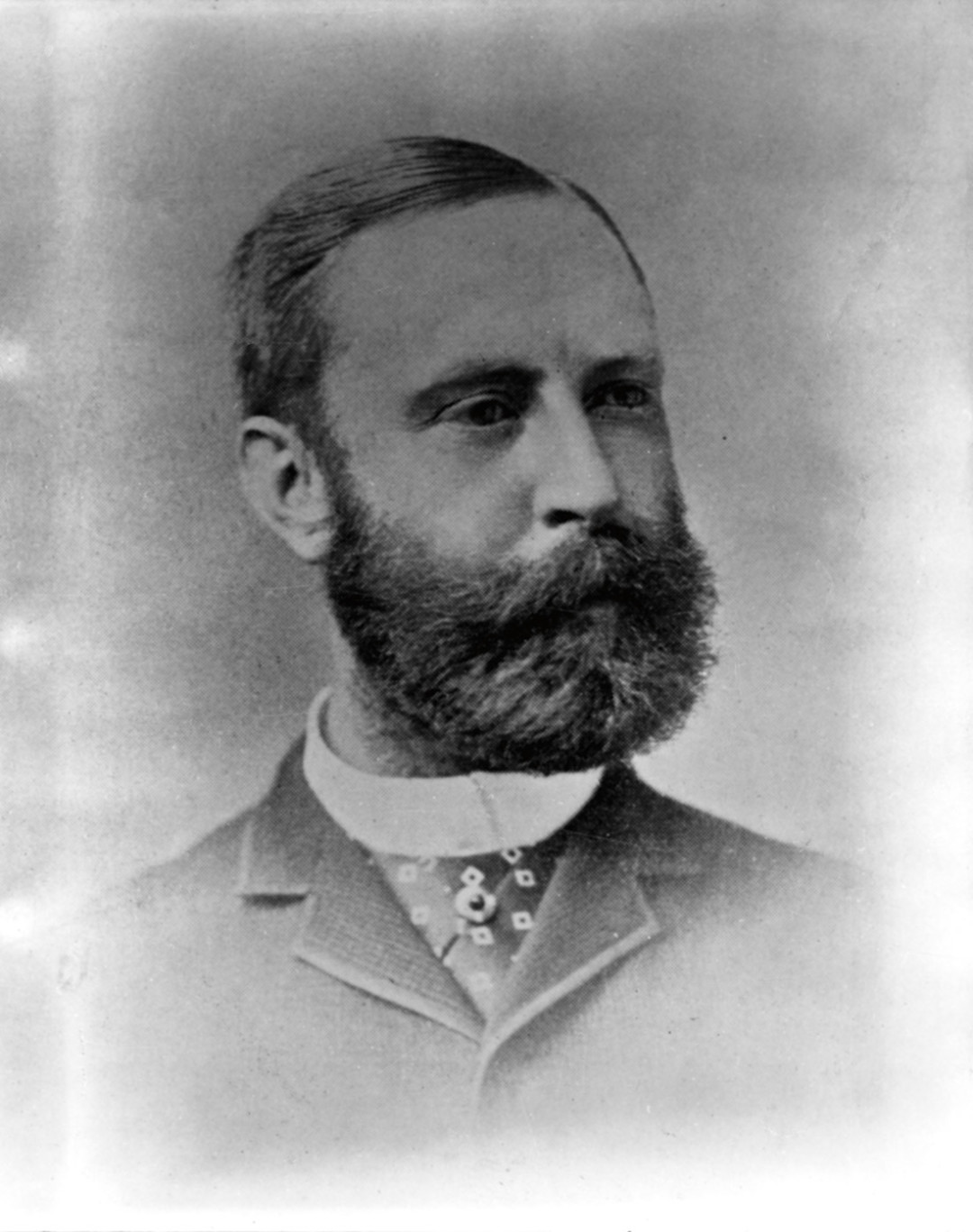
The first of the real settler celebrities was Jerome B. Wheeler, the president of Macy’s in New York, who arrived in 1883 as one of the earliest of the eventually-to-be-ubiquitous ranks of Aspen’s Rich and Powerful. His Wheeler Opera House attracted acts such as Madame Modjeska, Shakespearean actor James O’Neill (the father of playwright Eugene), and Conreid’s English Comic Opera. It was the beginning of a significant cultural connection that not only brought stars to town to perform but attracted them and others like them to stay.
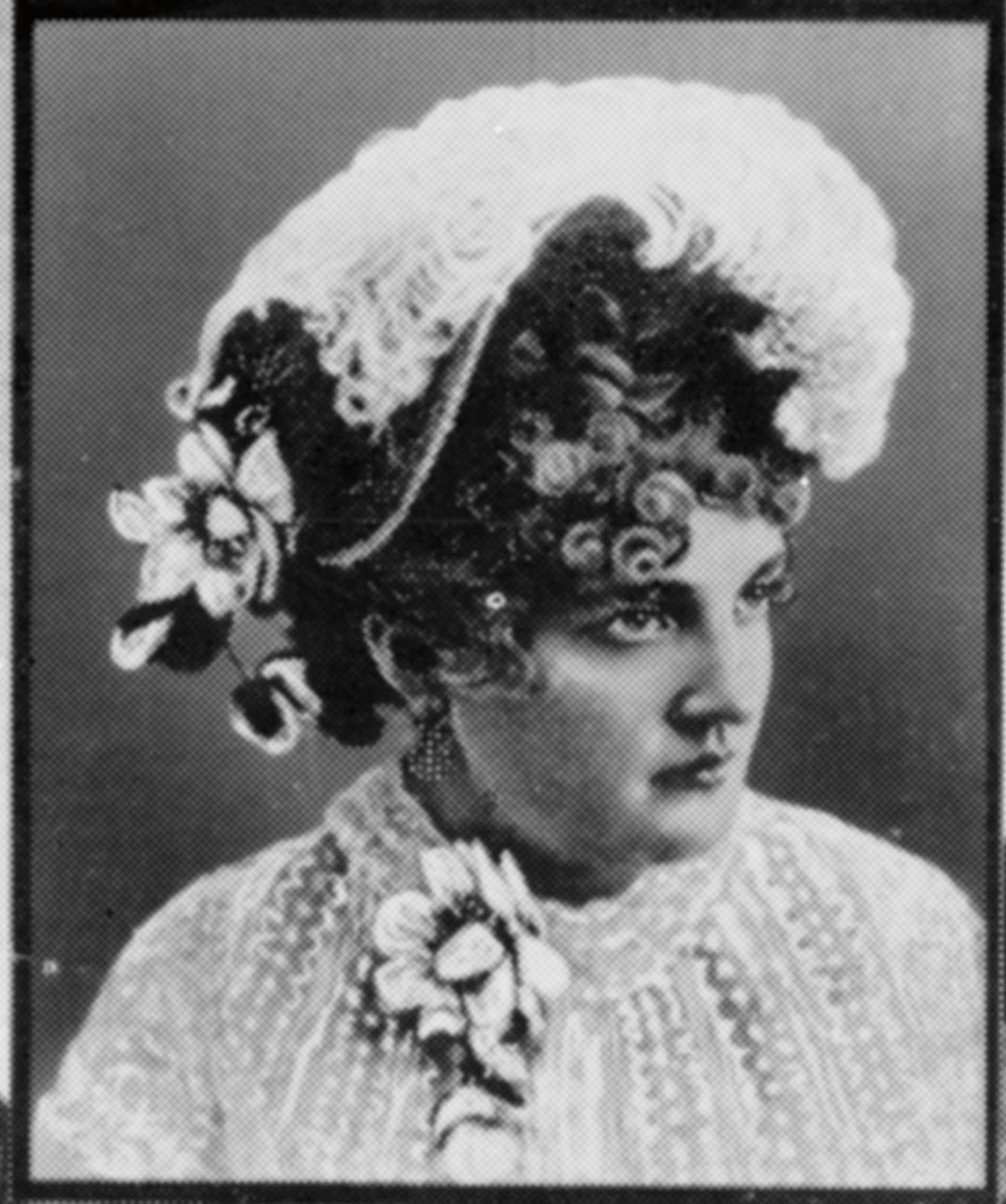
Horace Tabor and his second wife, “Baby Doe,” were considered some of the most scandalous public figures of their time. He was a fiftysomething mega-rich Leadville mine owner who divorced his longtime wife for Baby Doe, a woman in her early 20s often called one of the most beautiful in the West. Tabor briefly became a U.S. Senator, and he and Baby Doe visited Aspen often from Leadville and Denver. It’s said that they once came to Ashcroft and declared a twenty-four-hour holiday in the mines Tabor owned there. The Tabors bought free drinks for everyone in the thirteen local saloons, ending with a banquet and full-dress ball.
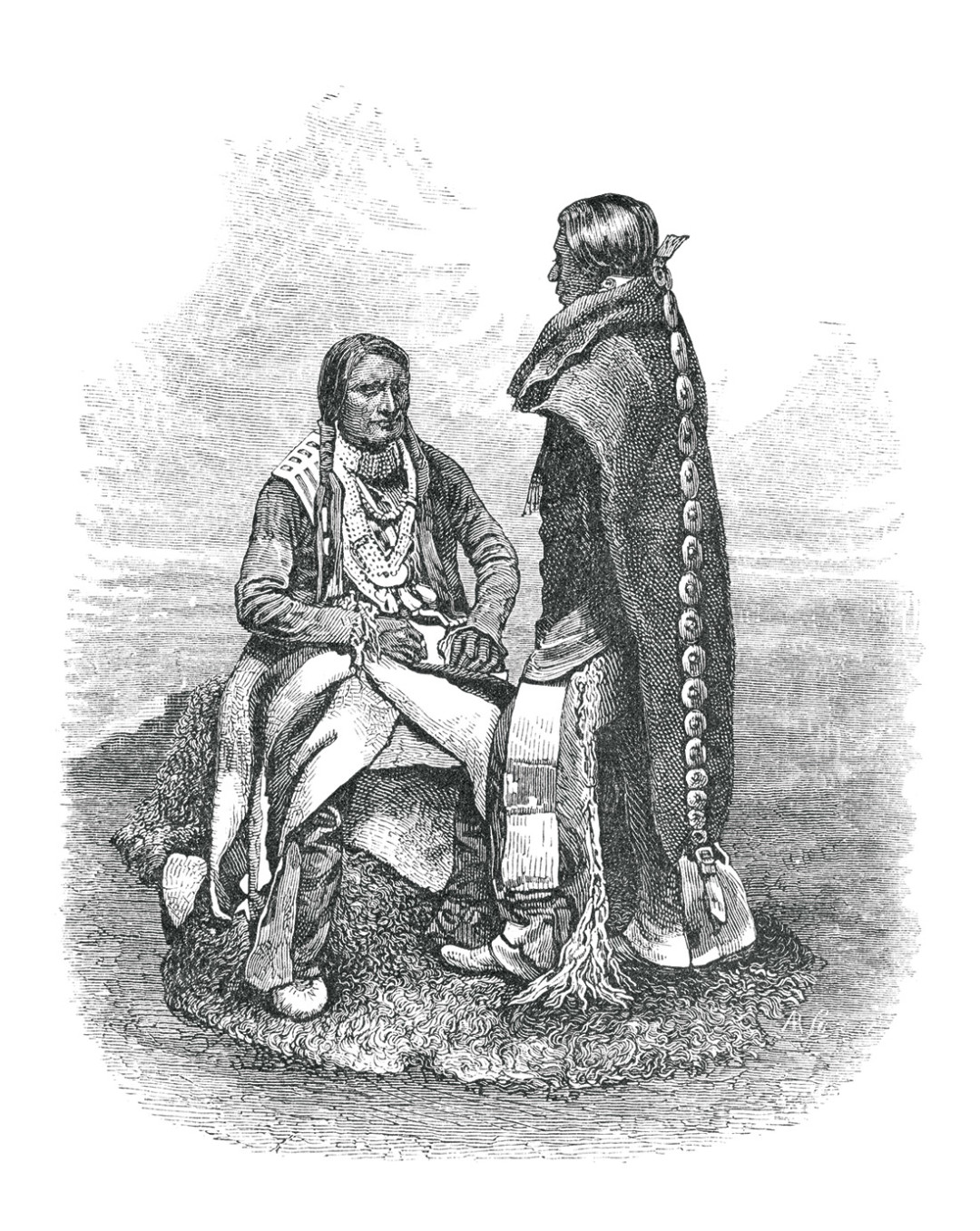
The line between fame and notoriety has always been blurred, and nowhere more than in Aspen. A classic early example is Wyatt Earp, who was involved in the arrest of a man in Aspen who had held up a Wells Fargo stage in 1884. Newspapers referred to Earp’s “place,” presumably a residence, in Aspen. Another story that same year told of Earp’s friend Doc Holliday using a pistol to collect a gambling debt in Glenwood Springs, where he would die of tuberculosis two years later. Both had departed Tombstone, Arizona, following the gunfight at the O.K. Corral in 1881, with murder investigations hounding them. They wouldn’t be the last wanted men to seek shelter in the valley. In an era known as much for lawlessness and greed as progress and prosperity, Aspen’s early celebrities did a good job of illustrating this collision of the Victorian Era with the Gay 1890s high in the Colorado Rockies.
The Quiet Years
(1893–1939)
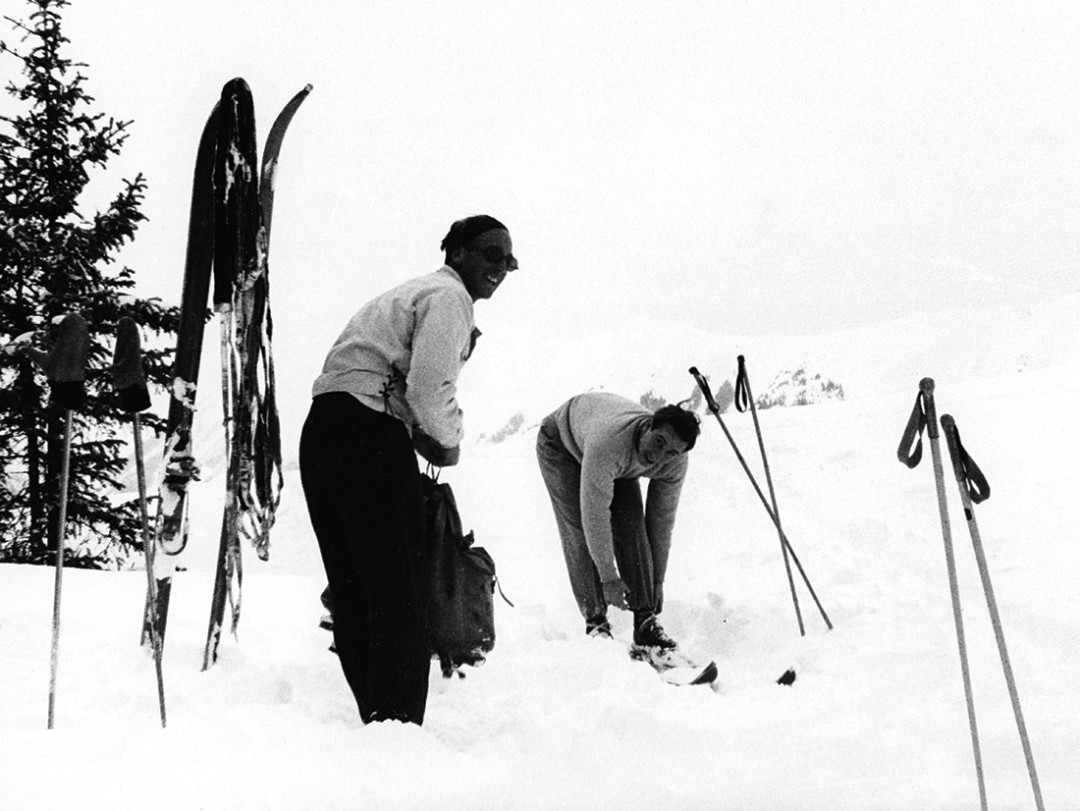
Following the repeal of the Sherman Act in 1893, which effectively demonetized silver, Aspen entered a fifty-year slumber that local writers Gaylord Guenin and Kathleen Krieger Daily dubbed the Quiet Years in their book of the same name. A town that can barely generate any economic activity isn’t likely to attract many boldface names, either, but Aspen managed to produce a few.
Harold Ross was born in Aspen on West Bleeker Street in 1892. After WWI, he started the New Yorker magazine, in 1925, and returned to Aspen often. Following his death in 1951, his ashes were scattered over the Aspen area from a plane, an act that today reads like a symbolic fertilization of the Roaring Fork Valley’s great literary tradition to come.
In a project that would forever change Aspen and create an attraction for generations of future celebrities, world bobsled champion and famous American sportsman Billy Fiske and legendary Swiss mountaineer André Roch were instrumental in creating lift-served skiing in the valley in 1936. The effects were immediate, as Aspen’s new identity as a winter sports destination began to attract tourists and adventurers.
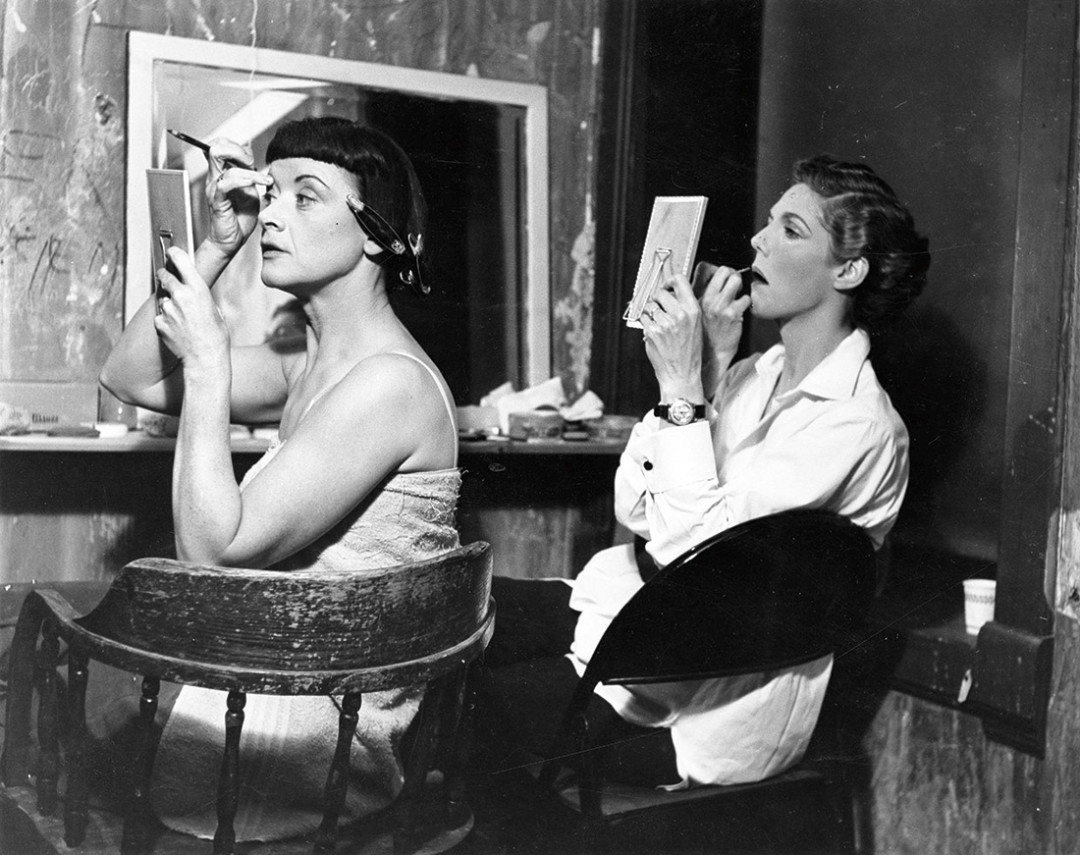
Internationally famous writer, radio broadcaster (four decades on air), filmmaker (his movie about Lawrence of Arabia was shown around the world), and television host Lowell Thomas was told about Aspen by his friend Damon Runyon. The globetrotting Thomas was a devoted skier and first ventured to town before World War II. He went on to make “annual pilgrimages” to Aspen in the late 1940s. “Each afternoon,” he wrote in the intro to Frankie and Johnny O'Rear's The Aspen Story, "I broadcast from the redecorated auditorium of the old Wheeler Opera House, which with its new red plush and gold decor surely must be as handsome as it ever was in the days when [legendary American comedic actor] Joe Jefferson did his Uncle Tom's Cabin [a play that toured America for fifty years] or later when [matinee idol] John Drew and Lillian Russell [one of the most famous American actresses and singers of the late nineteenth for the silver miners and their ladies."
Continuing that line of stage performers and ushering in a new era of film stars, Broadway actress Lou Deane and her husband, Had, bought the T-Lazy-7 ranch on Maroon Creek in 1938. When hollywood came looking for film locations, some of the producers knew Lou, and they would base out of the ranch. It became famous as a set for movies such as Devil’s Doorway and The Searchers, as well as for print ads and television commercials for Marlboro and others still being shot there today.
Personal connections like these have played important ongoing roles in attracting celebrities to and retaining them in the valley. They have also been economic generators, creating publicity about the area, as well as jobs in the shoots being done here. But that kind of fame can also become a double-edged sword, as later celebrities would discover.
Skiing and the Aspen Idea
(1939–1950)
When the next wave of celebrities came, it began to define the template for Aspen’s famous that still exists today. This era further upped the ante on the cultural and film stars and added sports figures to the mix. The arrival shortly after WWII of Walter and Elizabeth Paepcke from Chicago brought seismic change.
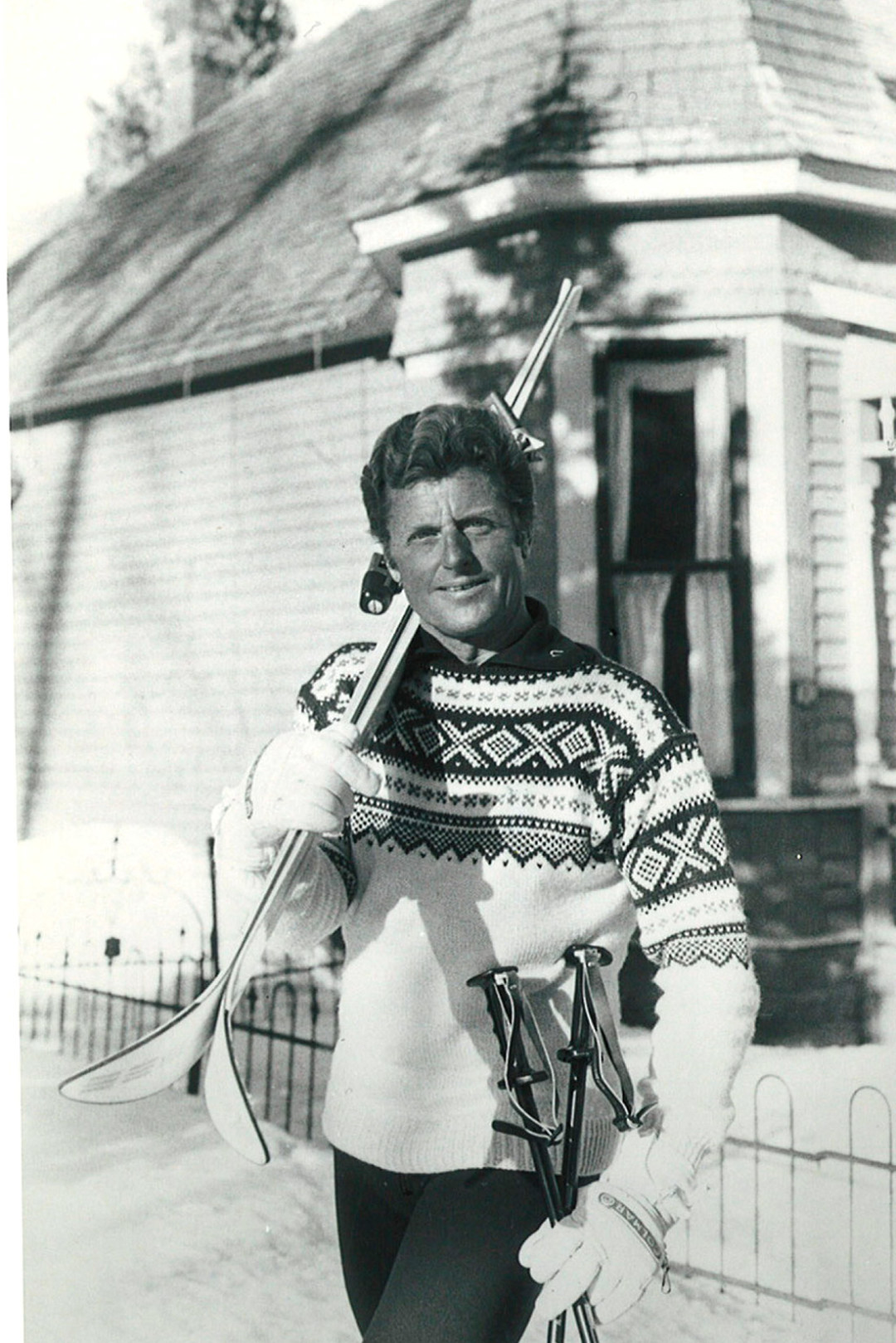
The Paepckes originated the Aspen Idea (of celebrating mind, body, and spirit) and created the Aspen Institute and the Aspen Music Festival to further those ideals. They also introduced numerous of their fellow wealthy industrialists to town, along with prominent artists, and helped start the Aspen Skiing Corporation. Like Jerome B. Wheeler before them, the Paepckes became celebrities themselves.
By greatly assisting in turning Aspen into a world-class resort, they began to attract more celebrities to visit and live here. In 1949, they sponsored a Goethe Bicentennial celebration in Aspen that included Albert Schweitzer (on his only visit ever to America), Thornton Wilder, Jose Ortega y Gasset, Artur Rubinstein, and Gregor Piatigorsky among the famous attendees, some of whom returned for years afterward. Ironically, as Ted Conover notes in his book Whiteout in Aspen, W. H. Auden once observed that Goethe was, “So far as I know ... the first writer or artist to become a Public Celebrity.”
Star recording artist Burl Ives, who came to town frequently in the 1940s, sang ballads at the Paepcke-restored Wheeler Opera House that Lowell Thomas admired. “There wasn’t a very big audience,” recalled Celia Marolt, a matriarch of the longtime local ranching and ski-racing family, in The Quiet Years. “So Burl Ives came down off the stage and sat among us and sang.”
When the 1950 FIS World Championships were held on Aspen Mountain, Stein Eriksen, Zeno Colò, and other internationally known ski stars came to town. Eriksen, the gold-medal-winning Norwegian ski god, returned to run the Aspen Highlands and later Snowmass ski schools. Famous Austrian skier Friedl Pfeifer helped start the Aspen Skiing Corporation, while Swiss racer Fred Iselin came from Sun Valley to head the Aspen ski school, bringing many of his Hollywood friends with him. It was the beginning of skiing’s golden age, and by the end of the decade no ski resort in America was more glamorous than Aspen.
That glamour extended beyond the slopes. The famous soprano and founder of the Harlem School of the Arts, Dorothy Maynor, was invited to Aspen to sing in 1949 and stayed with the Paepckes because, like Native Americans and Chinese half a century earlier, a woman of color wasn’t welcome in many parts of town. Fortunately, the Paepckes were more enlightened.
Fred Glidden, writing as best-selling author Luke Short, moved to Aspen in the 1940s. His wife, Florence Elder, was born and raised here. Glidden, who was never a cowboy and once said, “Horses hate me and I hate them,” penned more than fifty western novels, a number of which were made into movies. He also wrote many of the Goethe Bicentennial’s press releases.
The summer of 1950 saw the official launch of both the Aspen Music Festival and the Aspen Institute, bringing long visits from the likes of Clare Boothe Luce, Igor Stravinsky, Reinhold Niebuhr, Norman Cousins, and superstar physicists Leo Szilard and Enrico Fermi. The mix of celebrities in this era came to represent what Aspen would continue to attract for decades: sports stars, artists, musicians, writers, and thinkers. These were all the elements of the Aspen Idea, personified in a diverse and mostly egalitarian community that mixed freely and easily.
The Hip Era
(1951–1969)
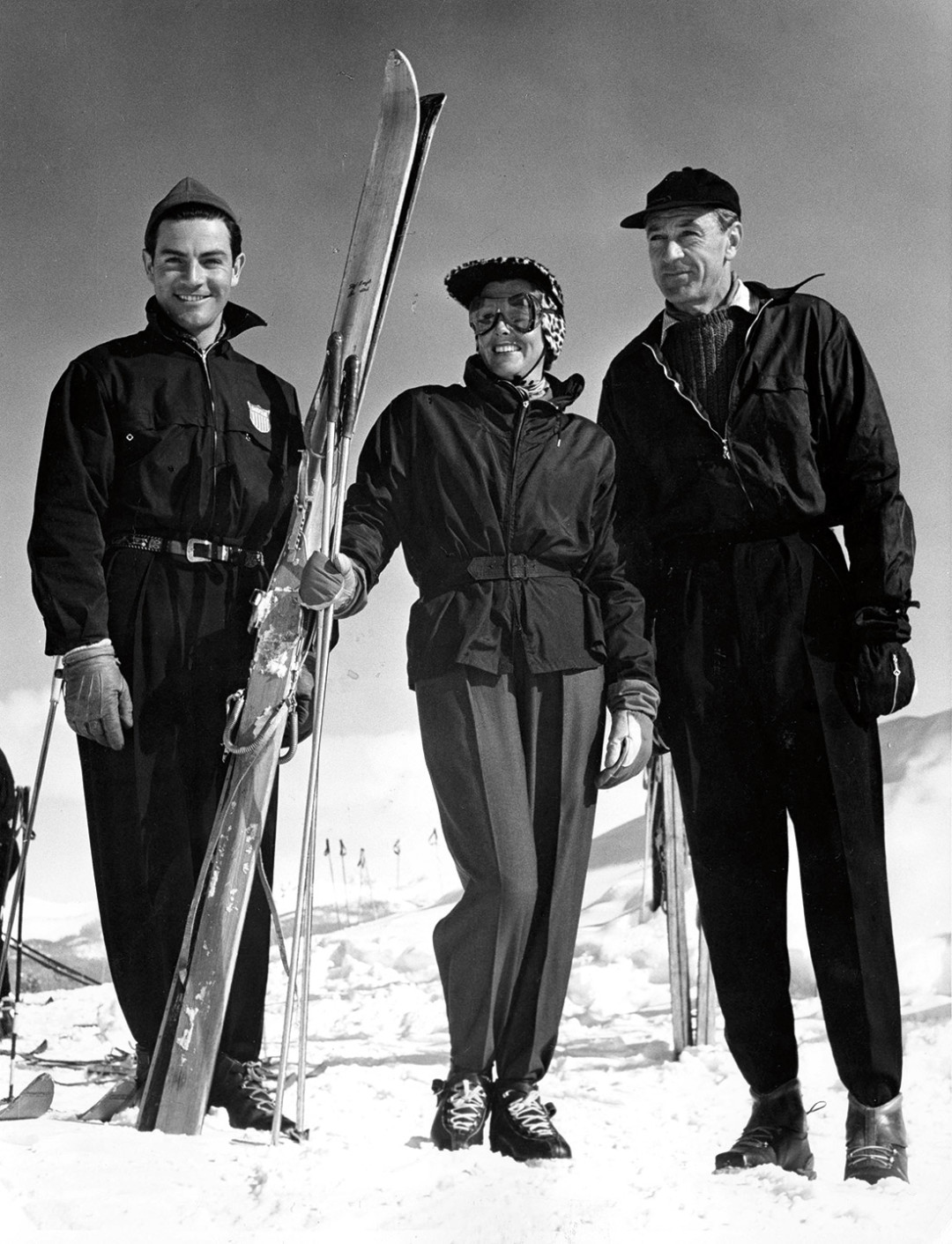
Soon the Time of the Show People was upon Aspen for good. Cary Grant visited often and usually brought his “special friend” Randolph Scott. Gary Cooper and his wife, Rocky, owned a cabin on Red Mountain near Hunter Creek, where he liked to fish. They also loved to ski, and Coop sat in front of the Jerome “with the old-timers and girl-watched,” wrote local author Martie Sterling in her book The Days of Stein and Roses. Cooper starred in a short film made in Aspen by Dick Durrance called Snow Carnival, in which the actor was shown skiing on Aspen Mountain and riding dogsleds at Toklat. Devil’s Doorway, a western released in 1950 starring Robert Taylor and directed by Anthony Mann, was filmed in the valley and headquartered at the T-Lazy-7. John Ford came to town five years later to make winter scenes for The Searchers, and Coop watched some of the filming.
John Wayne was friends and business partners with local mining promoter Ed Smart and was seen frequently around town and at the Smarts’ home starting in the 1960s. Lucille Ball owned a house in the West End and shopped at Matthew Drug (now Carl’s Pharmacy) in her curlers. Many of the early celebs who didn’t own homes here stayed at the Jerome. Ray Milland, Dan Dailey, and Robert Stack were regulars. Claudette Colbert, Norma Shearer, Eva Marie Saint, and Kim Novak were all enthusiastic Aspen skiers, and Novak was married in Aspen. Lana Turner and husband Lex (Tarzan) Barker came to town year-round. Hedy Lamarr “held down a barstool for days,” wrote Sterling. And Stuart Mace’s huskies at Toklat at the head of the Castle Creek Valley starred as sled dogs on a weekly television series called Sergeant Preston of the Yukon.
Popular full-time local resident Bob Rafelson, legendary producer/director of Five Easy Pieces, The Postman Always Rings Twice, and The King of Marvin Gardens, “arrived in Aspen in ’63,” he recalls. He rented for a while and in 1970 bought the home he still lives in. “Robin Molny [a local artist] redid part of my house. We were best friends for many years. Steve Martin lived in his basement.”
Along with half of Hollywood, musicians were flooding into town. Many came for the Aspen Music Festival and School (AMFS). Renowned violinist Itzhak Perlman performed and taught at AMFS for years. Brilliant French composer Darius Milhaud arrived and returned for sixteen summers. African American classical singer Adele Addison was one of the greats of the day and a longtime voice teacher at AMFS. In a few short years music began to push back the color line in Aspen.
Soon the town was awash in clubs with jazz, blues, big bands, and rock and roll. Billie Holiday, Duke Ellington, Benny Goodman, and the Oscar Peterson Trio played the Red Onion; local resident and favorite Katie Lee sang at the Abbey; Jo Cameron was at the Golden Horn; and Louise Duncan played piano and great sax players gathered at Ralph “Sunnie” Sutton’s Sunnie’s Rendezvous. Glenn Yarbrough and the Limeliters also lived in town in the late 1950s and opened a club called the Limelite, where the eponymous lodge is now. Yarbrough recorded famous singles of “Baby the Rain Must Fall” and “The House of the Rising Sun,” plus fifty solo albums and twenty more with the Limeliters.
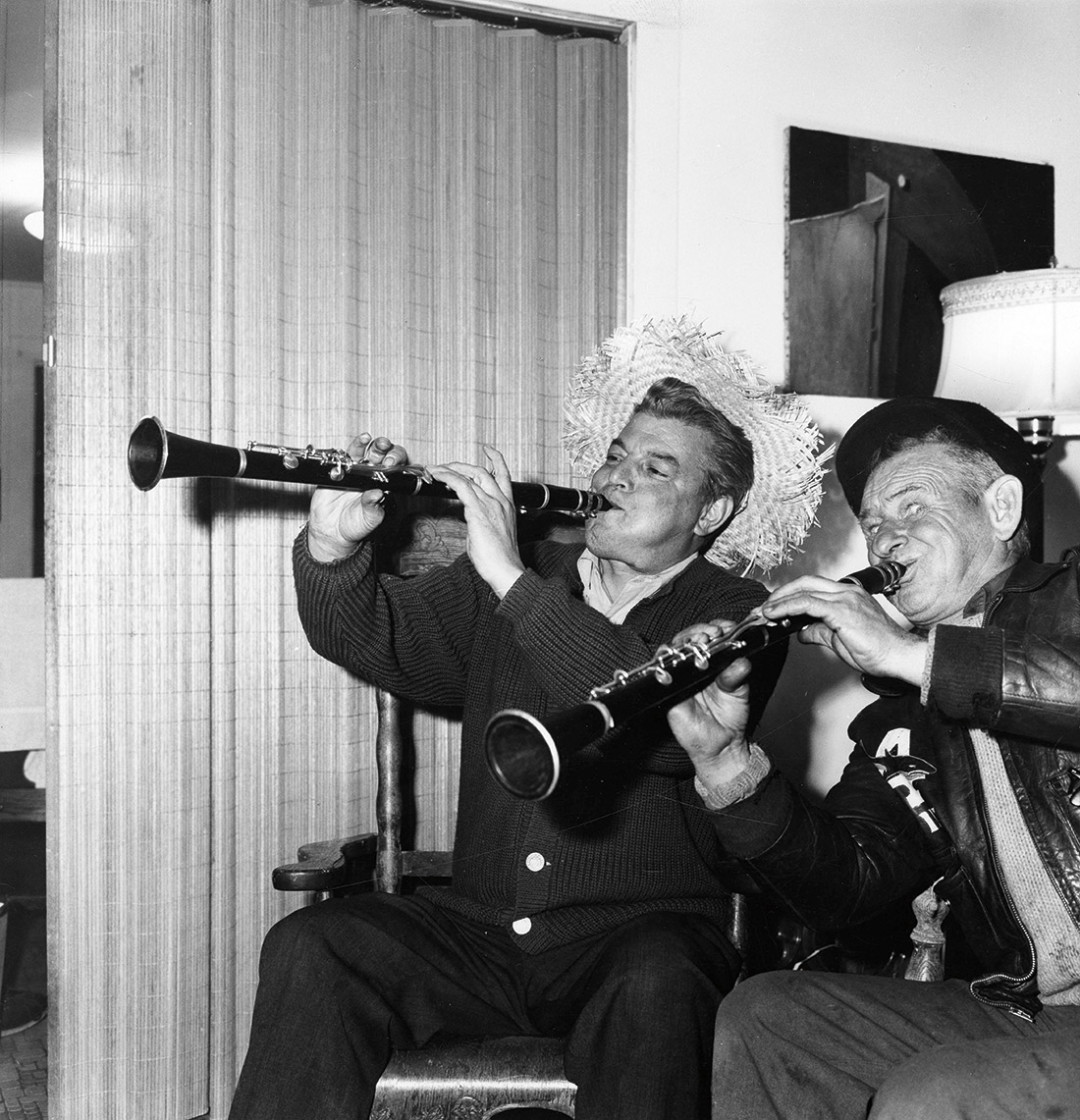
Freddie Fisher, who brought many of the era’s big-time blues and jazz players to town, moved to Aspen as a well-known clarinetist from a popular band in the Midwest in 1952 and stayed until his death in 1967. He could fix almost anything and wrote award-winningly funny letters to the editors. In a front page story in the Aspen Times about his memorial service, at a time when Gary Cooper, John Wayne, and Lucille Ball were virtually locals, the paper wrote: “Fisher was probably Aspen’s best known resident.” That says something about Fisher’s charm and lovability, as well as the community’s priorities then.
More of the rich-and-powerful soon followed Wheeler’s and the Paepckes’ leads. The Kennedys were here from the early 1960s on. Bobby skied a lot and even raced, and was a participant in Aspen Institute programs. Jackie and the kids were photographed at the Aspen Institute with JFK and bombing down Thunderbowl at Highlands. Kennedy confidante and Secretary of Defense Robert McNamara’s house in Wood Run at Snowmass was picketed by local antiwar demonstrators in 1969. Teddy became notorious for his partying. Bobby’s widow, Ethel, was taken to court for allegedly trashing rental homes and not paying. And, tragically, her son Michael would die here.
Sears owner Edgar Stern developed Starwood, just west of Aspen, still one of the premier enclaves for the rich and famous. And R. O. Anderson, chairman of the board of Atlantic Richfield and owner of Aspen’s historic Brand Building, took over as chairman of the Aspen Institute. The rich, like the artists, musicians, and actors, had arrived in force.
All the while, Aspen was constantly generating and attracting famous ski racers. The Aspen Ski School hired top Europeans Anderl Molterer, Toni Spiss, Adrien Duvillard, and Ernst Hinterseer. The local ski heroes were Max, Billy, and Bud Marolt. Big-name surfers had also discovered skiing, and longboard star Joey Cabell opened the Chart House chain in Aspen to appeal to surf-culture sensibilities.
And it wasn’t just the skiers who were pushing the envelope. Hunter S. Thompson, following the publication of his first book about the Hell’s Angels, moved to Aspen in 1967 after getting stomped by the biker gang. He began writing letters to the editors as well as the material for another dozen successful books. Despite having committed suicide nine years ago, Hunter remains the Aspen celebrity with the most active local involvements (he infamously ran for sheriff) and gravitational pull: twentysomethings fresh off reading Fear and Loathing in Las Vegas make pilgrimages to the Woody Creek Tavern year after year to drink where the good doctor drank.
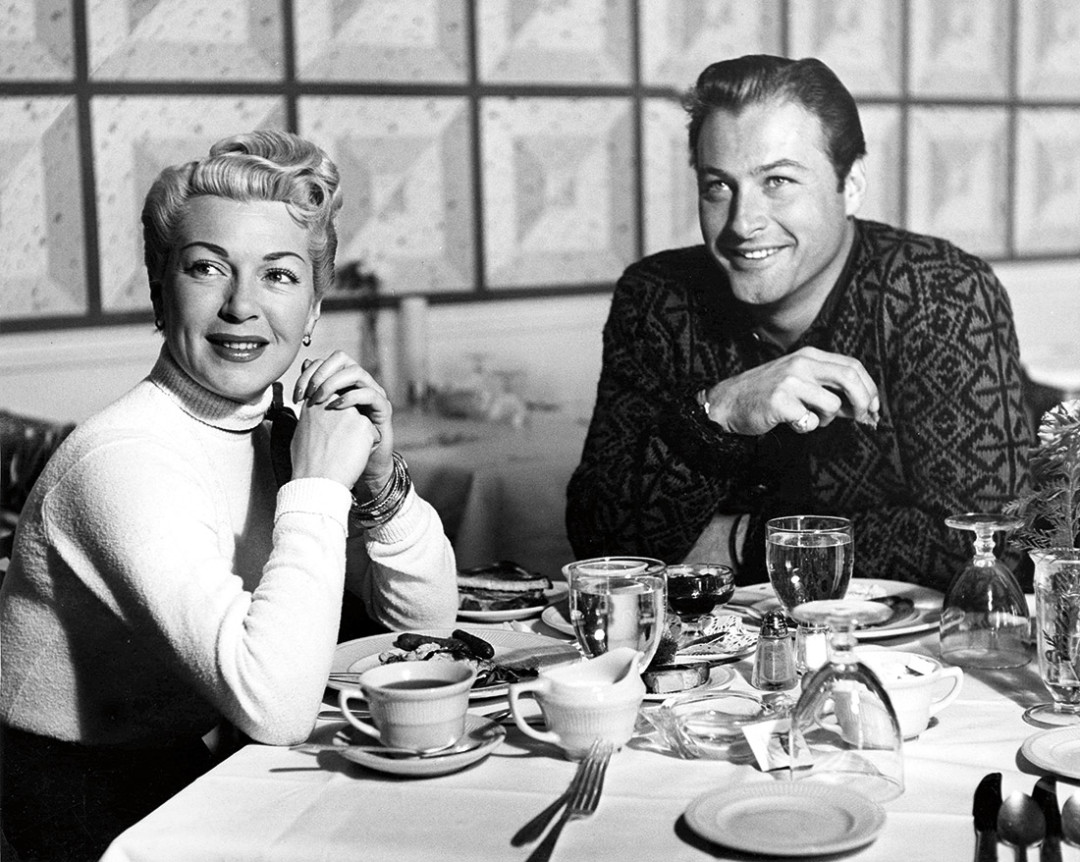
Thompson wasn’t the only accomplished writer in town. He and Fred Glidden became embroiled in a family feud that spanned decades. Great American novelist James Salter moved here in 1968, with A Sport and a Pastime already to his credit and the screenplay for Downhill Racer soon to follow. He rents out his West End home in the summers and is here much of the rest of the year. Author J.P. Marquand lived here for a time, and Leon Uris wrote best sellers like Topaz, Mila 18, and Exodus from his A-frame aerie on Red Mountain. One of his screenplays was Gunfight at the O.K. Corral, about an event that helped produce one of Aspen’s earliest celebrities in Wyatt Earp.
Visual artists liked the clear light and liberal attitudes of Aspen. Roy Lichtenstein, James Rosenquist, and Claes Oldenburg participated in a 1967 Pop Art Exhibit here as well as in artist-in-residence programs at the Aspen Center for Contemporary Art from 1967 to 1970. Jasper Johns, Robert Rauschenberg, and Andy Warhol took part in the Pop Art Exhibit, including a Culture-In at R. O. Anderson’s Brand Building. Christo wrapped a phone in paper and a bow for the Culture-In and later famously draped a massive orange curtain across Rifle Gap, about fifty miles from Aspen. Robert Indiana, Robert Morris, Les Levine, DeWain Valentine, Carl Andre, Allan D’Arcangelo, Donald Judd, and Gerald Laing were all artists-in-residence. And from the day it opened, the Anderson Ranch at Snowmass began attracting major artists, including Jim Dine, Red Grooms, and Larry Rivers. For several years at the crest of this remarkable time, Aspen became a virtual who’s who of contemporary and pop artists, unbelievable for such a small town.
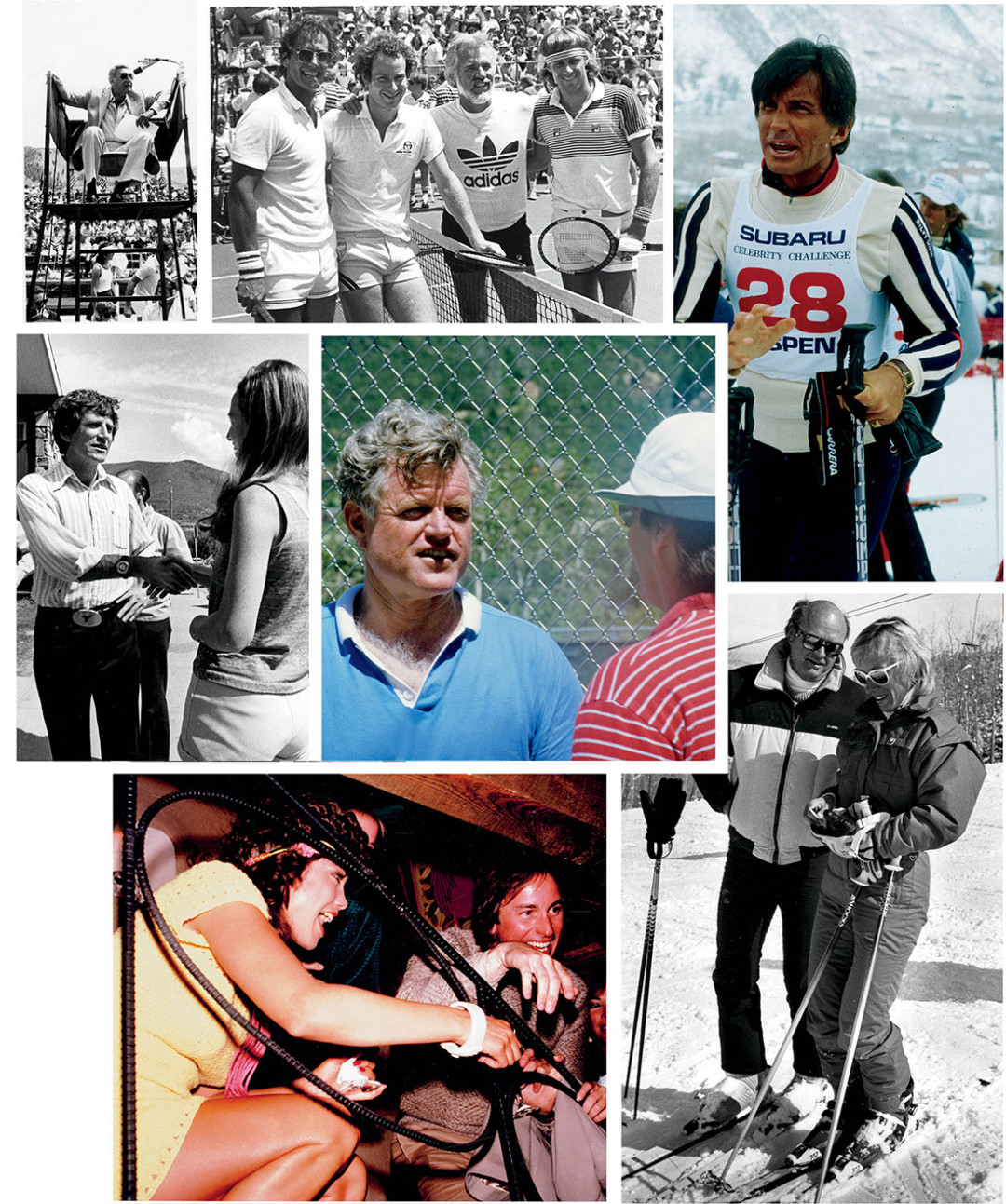
The Loud Years
(1970–1989)
More than seventy years after the silver bust and thirty years after the Quiet Years ended, Aspen boomed again, bigger and louder than it ever had. On the celebrity side, musicians were making some of the most noise.
John Denver arrived with the new decade and epitomized many of its contradictions. Like Thompson, he was both loved and loathed locally. His fame and zeal for promoting Aspen in songs and on TV, while well-received by many business people, weren’t seen as beneficial by all locals, some of whom didn’t think he needed to be so actively selling a town that was starting to feel sold out. He contributed generously to numerous causes in the valley, was a good friend to many, and served as Aspen’s de facto “J” with granny glasses for years. But other bad press accumulated, including a pair of divorces and DUIs. Denver perhaps best embodied Aspen’s ambivalence about its celebrities, who were tolerated as long as they didn’t try to co-opt Aspen for their own ambitions. Or maybe he was just disliked by some who found his public persona and the sunny disposition of his music at odds with both his and their realities at the time.
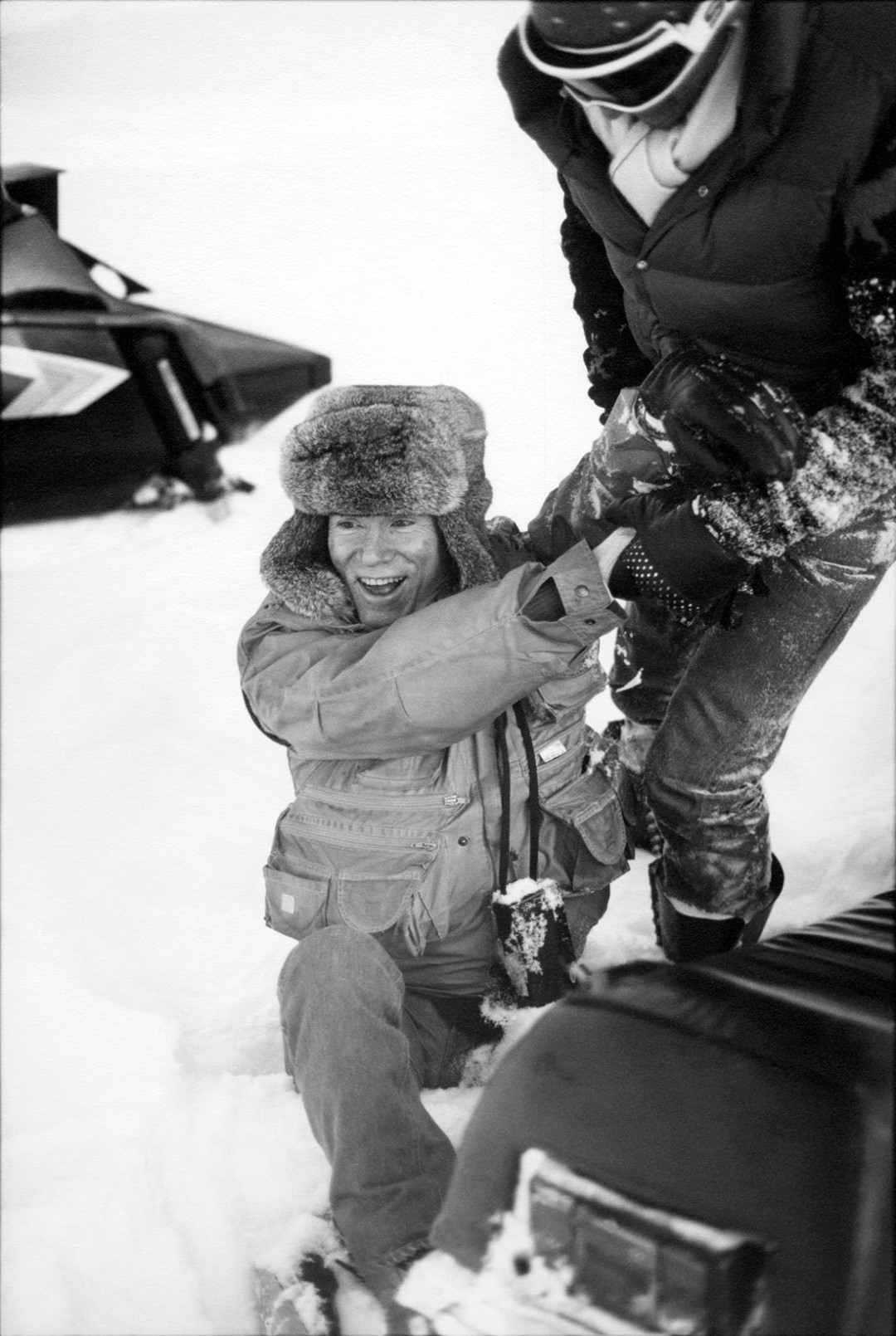
During the same period, Aspen’s entire rock and roll and pop music scene became national caliber, powered by locals and major players with homes here. The Nitty Gritty Dirt Band moved to Aspen in 1969 and the next year released an album with their biggest single to that point, a cover of “Mr. Bojangles.” In 1972, the band put out the huge Will the Circle Be Unbroken album, and it has had numerous no. 1 singles and hit albums since. Most of the frequently reconfiguring band members still reside and record here.
The Eagles formally began their huge careers in Aspen with their second gig ever at the legendary Gallery. Don Henley had a home in Woody Creek for years. Glenn Frey, who wrote the 1982 hit “Partytown” with Aspen in mind, still has a place in Old Snowmass and has been a longtime backer of the local nonprofit Challenge Aspen. Jimmy Buffett lived next door to Frey for a while, and Buffett’s big wedding at Redstone Castle, with his band plus the Eagles and many others, was one of the signature events of the era. It brought together all of the stars and Aspen locals to party in a way that was typical for the time, but bigger and grander, and in retrospect that wedding may have been the peak of that communal feeling.
Tennis players were rock stars then, too, and some of the biggest names in the sport arrived. Martina Navratilova came to the valley and built a house in the late 1980s, ski-racing star and Aspen local Andy Mill married Chris Evert, and Andrea Jaeger relocated to town and started the Silver Linings Foundation for terminally ill children. The early-’80s Guess Aspen Tennis Festival featured John McEnroe and Vitas Gerulaitis. Semilocal guest stars such as Teddy Kennedy played doubles. And Andy Warhol, who did two paintings for the event’s big benefit auction emceed by Howard Cosell, arrived at the tournament on the back of a Harley Davidson driven by Jack Nicholson, who was wearing lime green socks the color of the tennis balls at the tournament.
Warhol, who had been here many times by then (including, surprisingly to some, skiing at Buttermilk), told longtime Aspen Times writer and editor Mary Eshbaugh Hayes, “We had dinner with John Denver and lunch with Jack Nicholson. Notice that I’m name-dropping celebrities.” Aspen was a perfect fit for Warhol, who adored celebrities personally, for his art, and for his Interview Magazine.
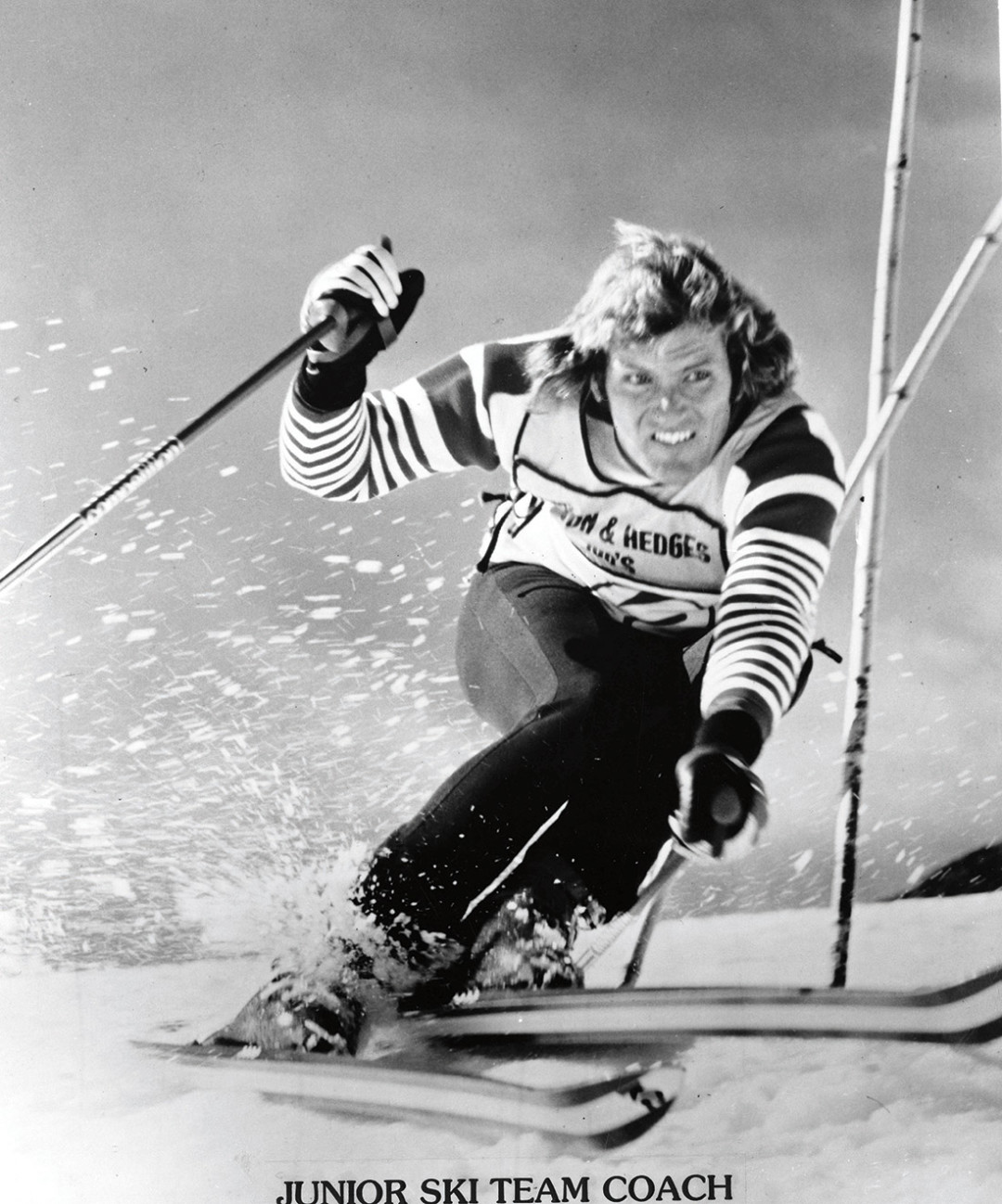
Singer Andy Williams, singer/actress Claudine Longet, and their kids began visiting the area in the early ’70s. Then Claudine met local superstar ski racer Spider Sabich, left Andy, shot and killed Spider in 1976, and spent thirty days in jail for it. It was an Aspen love story that spanned sport, music, and film and was feasted on by the press around the world. As one of the biggest and most widely discussed scandals in town’s history, it created whole new levels of notoriety for the community.
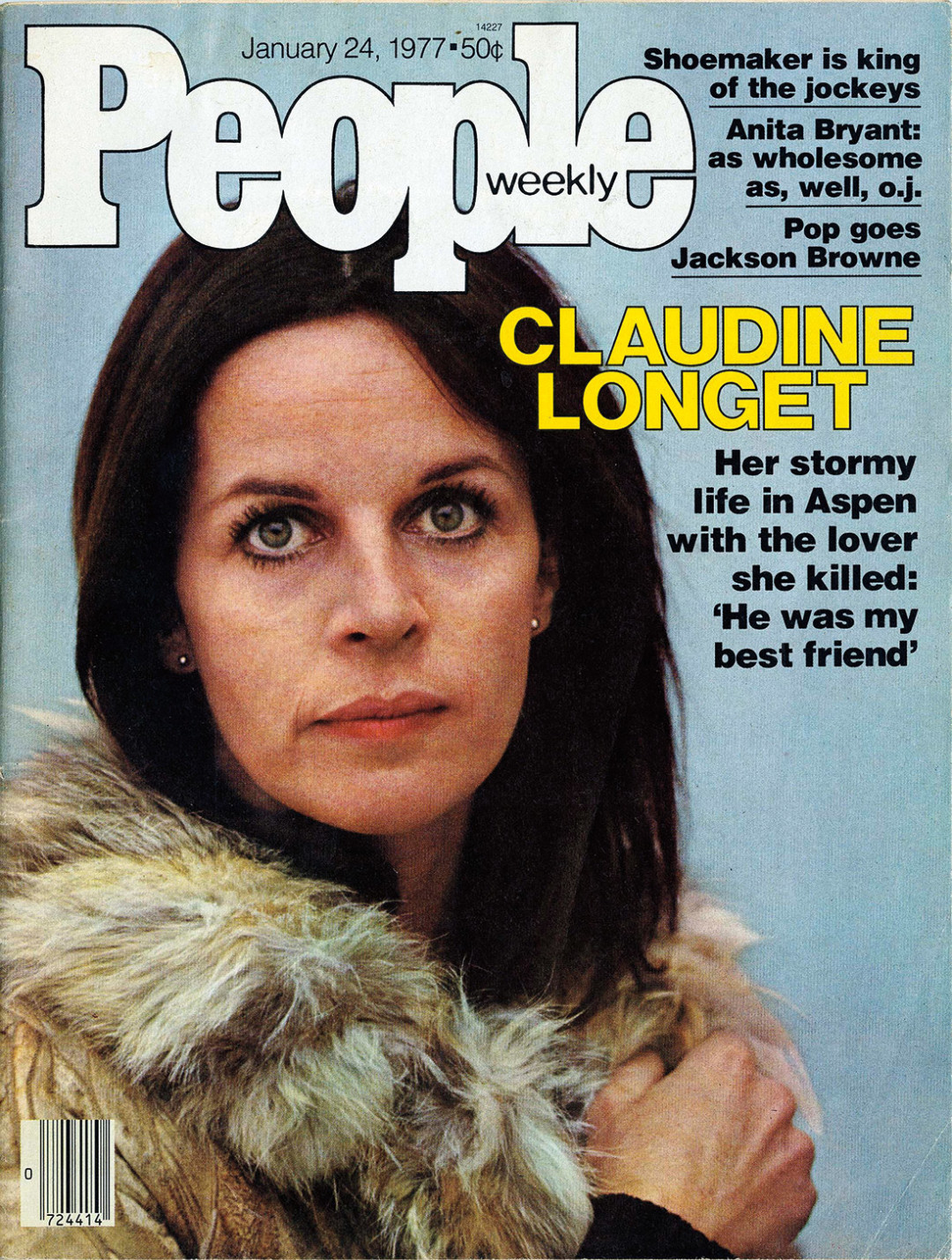
Meanwhile, more movie stars, TV personalities, and playboys were popping up in the valley like mushrooms after rain. Lance Reventlow, the race-car-driving, jet-set son of Woolworth’s heiress Barbara (“the richest woman in the world”) Hutton, had been living in Aspen for only a year or two when in 1972 the small plane he was in crashed near Independence Pass, killing all onboard. Reventlow had been married from 1959 to 1963 to Aspen regular Jill St. John, who still lives here with longtime husband Robert Wagner (or RJ, as everyone knows him).
Tan-master and actor George Hamilton became a fixture skiing Aspen Mountain and sunning on the deck at Bonnie’s in the early ’70s. He was quoted in the book In the Spirit of Aspen saying, “This is still a Stetson and blue-jeans town. It’s not how rich and famous you are but how many locals you know that counts. It’s an insider’s town, and everybody wants to be on the inside. One of Aspen’s most appealing aspects is that circles overlap, a great variety of people meet, get to talk. Whether it’s a myth or not, Aspenites like to believe they have a classless society here.”
Jack Nicholson joined his friend and collaborator Bob Rafelson in town in the ’70s and bought a prominent home in the West End. Nicholson was friends with Hunter Thompson and brought Michael Douglas to Aspen straight off their success of One Flew Over the Cuckoo’s Nest in 1975. Nicholson used to ski a lot, including on 220s at Snowmass. Douglas bought and subdivided Wildcat Ranch near Snowmass in the 1980s and built himself a home there that he eventually sold.
After 20th Century Fox in 1978 and then Marvin Davis in 1981 bought the Aspen Skiing Company, the show-business assault intensified. Don Johnson owned a home in Little Woody Creek during his Miami Vice heyday, and it was there that presidential hopeful Gary Hart met Donna Rice, an occasion that helped scuttle his political career. Barbra Streisand chased Johnson for her New Year’s party here one year. (She caught him.) Saturday Night Live cast members John Belushi and Bill Murray were regular visitors to Hunter Thompson’s Owl Farm. And John Travolta spent a month in exile in the valley in 1982 doing the play Mass Appeal with Charles Durning in Snowmass, a summer that also saw the Aspen Theater Company present similar events with Hal Holbrook, Vincent Price, and Julie Harris.
Goldie Hawn and Kurt Russell have had a place in Old Snowmass since the early 1980s, visit often, and can be seen hiking local trails, shopping in Aspen, and breakfasting out in Basalt, a more local-feeling venue than what many of the stars choose. During this era, Michael Eisner built a sprawling home, and Peter Guber bought up most of the land between Buttermilk and Snowmass for his starter castle. Sally Field and her husband bought a vacation home in Aspen, visited often, and in 1988, when they were about to take off from the Aspen Airport in Merv Griffin’s loaned jet, it suddenly veered off the runway and crashed into two other parked planes, bruising Field’s ribs, wrenching her back, and spraying her with jet fuel. CBS star Ed Bradley of 60 Minutes began coming to town as an avid skier who also famously golfed with good friend Hunter Thompson and had a home in town until his death. And former Playmate and actress Barbi Benton with her husband, George Gradow, built a home on the side of Starwood (see p. 100) where the couple still lives.
Other writers who moved in or surfaced during the era included screenwriters Tracy Keenan Wynn, son of famous actor Ed Wynn and writer of seventeen films and Emmy-winning shows, and Lorenzo Semple Jr., whose credits include Papillon, Three Days of the Condor, Dune, King Kong (the Jessica Lange version), and the original Batman TV series.
With Hunter Thompson running for sheriff of Pitkin County and attracting international press attention, then writing often about Aspen; John Denver’s annual Christmas show being filmed in Aspen and usually the highest-rated television special of the year; arena bands playing in small clubs here; private jets literally cramming the local airport on any given day; and taxi drivers earning big tips to cruise people and paparazzi past the homes of the celebrities, town was starting to feel like just another toney suburb of L.A. , but with mountains. It seemed entirely appropriate in the loud years to have so many rock stars and writers living here turning everything showbizzy and slightly surreal, as if it were being scripted by some of those very songwriters and scribes.
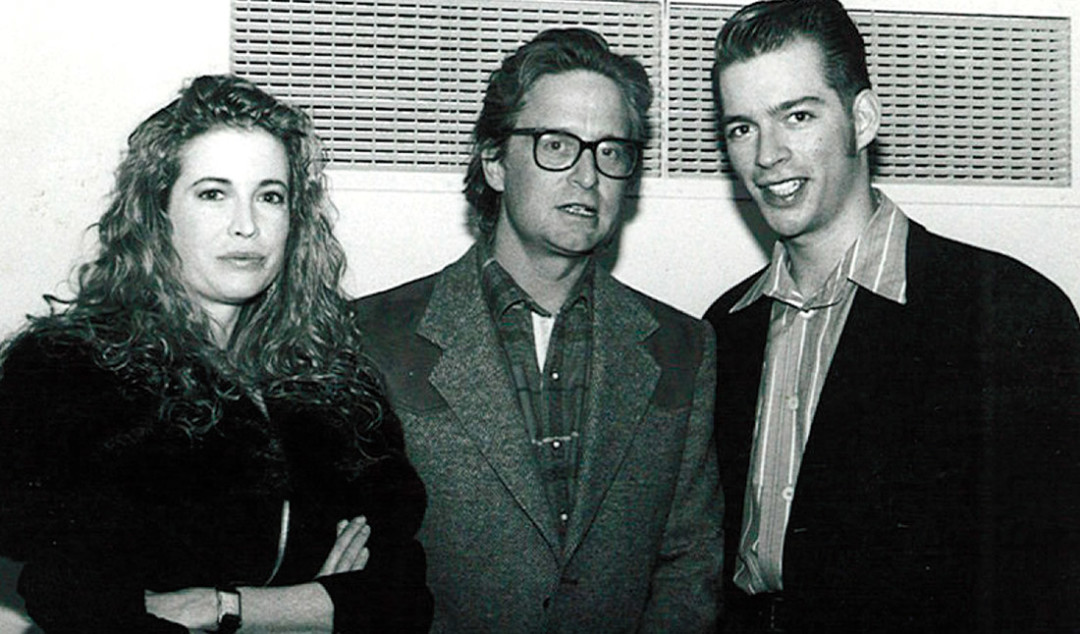
Fin de Siècle
(1990s)
This decade in Aspen seemed to ape the celebrated fin de siècle mood of the 19th century in its desperation and decadence. With Y2K and the potential End Times looming at the turn of the century, Aspen felt more anxious about its fame, more fascinated by scandal, and more enthralled by doom. Many of the valley’s most famous residents today were already here. Bill Clinton started showing up regularly, even after he was no longer president. But Donald Trump also came to town as the epitome of the attention-seeking, tacky rich and a leader of a march downward in what qualifies one to be deemed a celebrity. The billionaires began ousting the millionaires in the local fame and food chain. And Michael Kennedy’s death on the last day of 1997 from skiing into a tree on Aspen Mountain while playing football was another of those low-water marks in the town’s ongoing flood of sensational news stories.
Henry Catto (George Bush the elder’s ambassador to England) and his wife, Jessica Hobby (a prominent Texas Democrat), hosted Bush when he and Margaret Thatcher came to town for the fortieth anniversary of the Aspen Institute and declared war on Iraq from Aspen. The Crown Family—of Chicago and General Dynamics fame—bought the Aspen Skiing Company, and bankers and hedge fund managers were the look of Aspen’s newest mega-money.
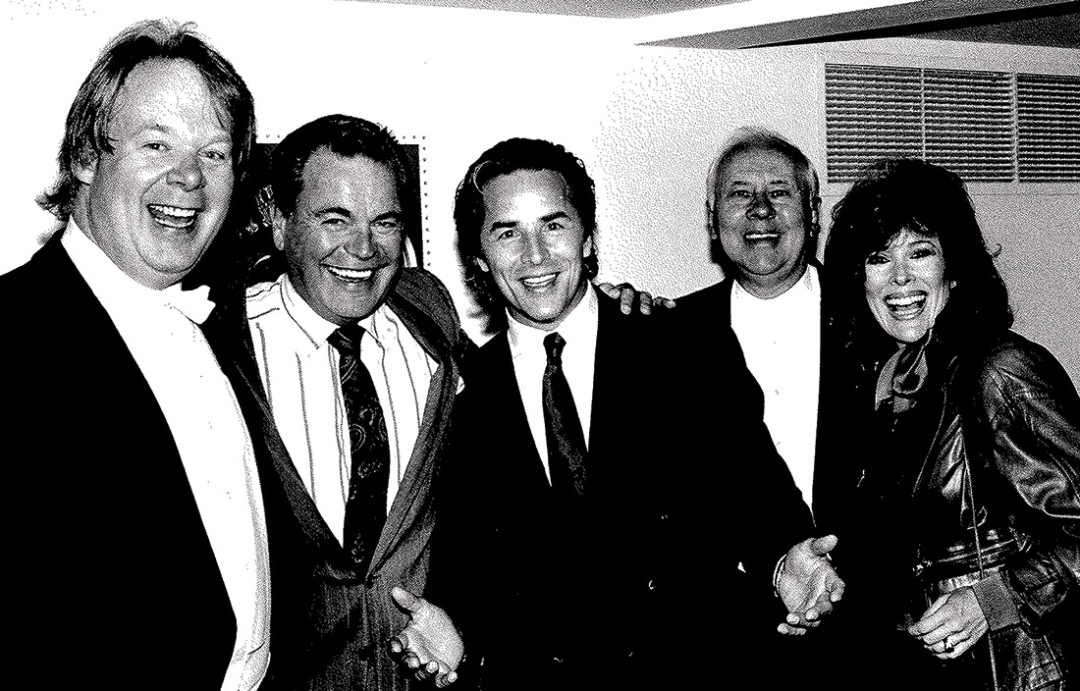
Prince Bandar and other members of the Saudi royal family, most of them skiers, have been visiting and buying property in the valley since the 1980s. But they weren’t very high-profile until the 1990s, when Bandar began to attract increasing attention as the Saudi ambassador to the U.S. and a lightning rod for a number of scandals. His 56,000-square-foot Starwood mansion, bigger than the White House, started a trend of new mega-homes around Aspen. It was once listed for sale at $135 million but eventually sold to a hedge-funder for far less.
On the music front, John Oates, of the wildly successful Hall and Oates, moved to the valley in the late ’80s and became involved in a number of local efforts including, more recently, starting and hosting an annual songwriters festival. He has been a regular on local hiking and ski trails and at the Wheeler and Belly Up and is being inducted into the Rock and Roll Hall of Fame this year. Neil Diamond had a home built near Basalt in the early ’90s and still lives there but is rarely seen at local public events. And Ringo Starr and his wife bought a fifty-six-acre spread in Snowmass Canyon in 1990, visited occasionally, then listed it for sale recently.
The death of John Denver at 53 in 1997 hit Aspen hard. A new ski lift and run at Snowmass were named Rocky Mountain High in his honor, and an annual musical celebration in his memory is still held in town.
Will Smith and Jada Pinkett Smith added major clout to the Hollywood homeowner ranks in the 1990s and have stayed consistently under the radar. Antonio Banderas and Don Johnson’s ex, Melanie Griffith, bought a home on McClain Flats. Kevin Costner, who stayed in the Little Nell while making For the Love of the Game, began purchasing and building his ranch up Independence Pass in the early ’90s. He would marry his second wife there and says it’s where he wants to be buried. Before his success as a television writer for The A-Team and other TV shows in the 1980s, Patrick Hasburgh worked as a local ski instructor. Then he wrote and directed the 1993 movie Aspen Extreme, mostly on location in the valley, bought a home here, and lived in it for nearly a decade.
On the flip side, it was now possible to make a name for yourself in Aspen for no reason at all. Kato Kaelin, OJ Simpson’s soon-to-be fleetingly famous factotum, spent a lot of time on friends’ couches here, in the early ’90s. Coupled with felony crime waves involving well-off local youths and multiple other high-profile Aspen criminal cases, it was just another sign of the sometimes dysfunctional times.
The Reality Show Age
(2000–2014)
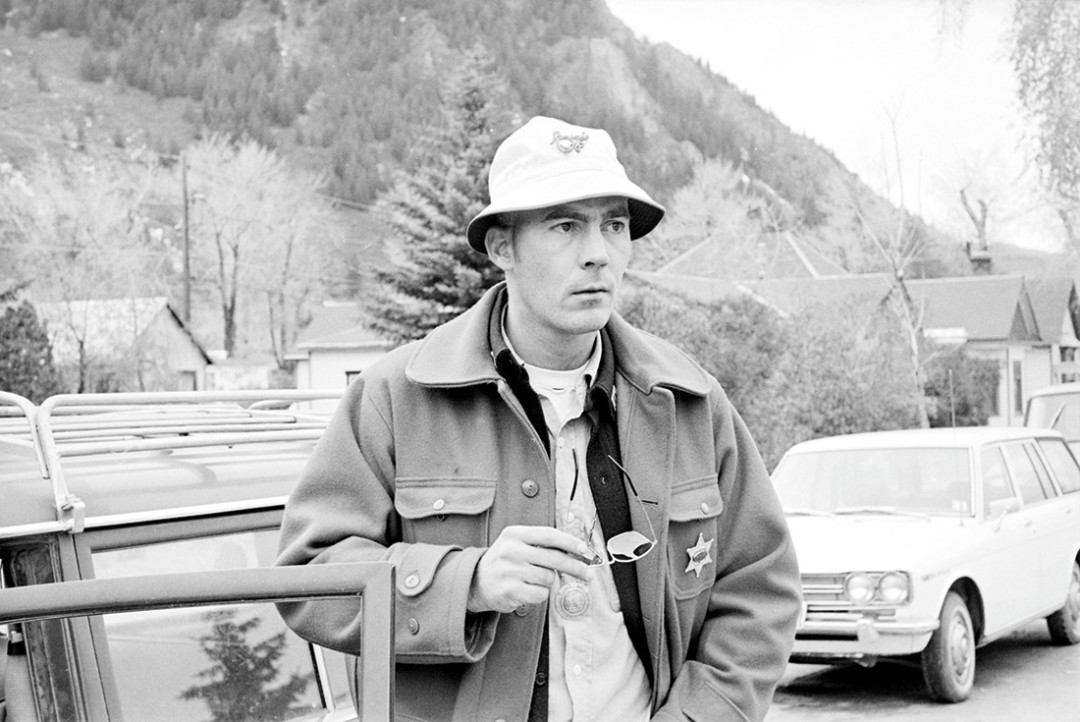
Carrying over from the go-go ’90s, the politically active Koch brothers and most of the top hedge fund traders in the country began hanging out here and buying property. Sports power player Lance Armstrong arrived, too, buying a home in the West End, hanging out at local restaurants, and flying past star-struck local cyclists riding up Independence Pass. In a town that loved Hunter Thompson, Armstrong eventually managed to give drug abuse a bad name. With that fall from grace, he symbolized a change in the nature of our celebrities, and celebrity in general, in the Reality Show Age.
Though the town has always accommodated big-spending criminals, from millionaire claim jumpers in the 1880s through major-league dope dealers in the 1980s, it was representative of the new mindset when for a time in the early 2000s, just before the crash, locals and visitors alike were more fascinated by Lance Armstrong and convicted Enron swindler Ken Lay, who owned four homes in Aspen, than by any other celebrities.
The competition for attention has been stiff. Not long before his death, Michael Jackson holed up for a few months in Midvalley near (or some say at) Ringo’s digs. Charlie Sheen ran amok in Aspen in 2009, capturing headlines for weeks. And Aspen regular Mariah Carey, who posed in the snow in a bikini this year, has become the go-to girl for holiday photogs when other celebs decide not to have their publicists Tweet their every move.
Then once talent is no longer a requirement for celebrity, with selfies and Go-Pros, Twitter and Facebook, it seems like everyone can be a star in their own reality show. Witness some of this holiday season’s visitors such as Paris Hilton and the various Kardashians, who were said to be here filming for, yes, their show.
Meanwhile, second-generation Hollywood kids like Kate Hudson spend time here with their families and keep it quiet. Low-key local girl and stellar actress Felicity Huffman and her actor’s-actor husband Bill Macy tend to avoid Aspen’s Hollywood scene altogether. And Johnny Depp spent quite a bit of off-radar time here during the early part of the new century with his friend Hunter Thompson, for whom he hosted a lavish and star-studded local memorial service after Thompson’s death.
Hunter’s 2005 suicide at 67 was one of the keystone local moments of the new millennium. Along with John Denver, they had been two of the most embraced, vilified, and symbolic local celebrities for decades. Their deaths within a few years of each other seemed to signify the end of a time when town still felt like one community, albeit disparate, that had lost one of our own, no matter what we thought of them.
The Aspen Institute and its Aspen Ideas Festival continue to bring to town major thinkers, writers, artists, commentators, business people, teachers, politicians, and other leaders from myriad fields around the world. 2014 marks the tenth anniversary of the Ideas Festival, which has allowed visitors and locals to attend and participate in discussions with some of the leading figures of our times, many of whom stay for days, walk around town, and interact. The Clintons, especially the former president, have been good about that. Of the many well-known figures who visit, Barack Obama did twice before getting elected; the First Lady has been here since then staying with their friends the Crown family; former Secretary of State Madeleine Albright and Senator Barbara Boxer are here fairly often; and Thomas Friedman is in town a lot.
Amazon founder and CEO Jeff Bezos has appeared at the festival and visits his parents in Aspen often at their home on lower Red Mountain. Jackie and Miguel Bezos support the Aspen Writers’ Foundation and Theatre Aspen and partner with the Aspen Institute on the Bezos Scholar Program to bring high school students to the Ideas Festival. Other tech titans who own homes here or come often include Michael Dell, who also brings his family to town to visit his parents’ residence, said to be on the same Tech Row where Yahoo’s Jerry Yang and Sun Microsystem’s Bill Joy live.
Staying true to form in rounding out the Aspen Idea, athletes continue to be prominent here. Chris Davenport, Chris Klug, Gretchen Bleiler, Peter Olenick, and Torin Yater-Wallace emerged as Aspen’s premier locals-gone-big snow-sports stars. During the new century, Davenport climbed and skied all of Colorado’s fifty-four 14,000-foot mountains in one year, published a book about it, climbed Everest and other of the seven summits, did multiple films, and announced for ski events around the world. Snowboarder Klug medaled in the 2002 Olympics with a transplanted liver, inspiring millions and writing a book about it. Bleiler got a silver medal in the 2006 Olympics to go with her four gold X Games medals that were won in Aspen and five gold World Cup medals. Olenick podiumed in the X Games and other global events while appearing in numerous movies. And by the time this magazine is published, Yater-Wallace will likely have medaled in the Sochi Olympics.
Other big-name athletes also started turning up in larger numbers, including all-world power forward Dwight Howard, the Houston Rockets’ Superman, who was spotted last summer dancing at Jimmy’s, attending art fairs, and just generally being a great guy all over town.
Amping up Aspen’s already epic club scene, David Arquette was in town for New Year’s 2014 with his partners in the Bootsy Bellows nightclub in Los Angeles. They opened their first Rocky Mountain location in the old Syzygy space on Hopkins Avenue with Alicia Keys and frequent Aspen visitor Leo DiCaprio in attendance. Bootsy Bellows in L.A. is patronized by Hollywood’s elite, and the owners hope it will do the same here, giving the paparazzi another place to camp.
Fame in the end is usually just a reflection of who we are and what we admire. We used to bestow it aspirationally, but it’s becoming more representational. Sometimes we idolize gods: Coop, the Duke, Lucille Ball, Stein Eriksen, Nicholson, Goldie, and Will Smith. Sometimes we idolize ourselves, embracing reality stars and people who have made mistakes. Sometimes we idolize whoever’s in the house because they care enough to be here: Kim Novak, John Denver, and Mariah Carey. And sometimes we’re intrigued by crime and scandal, from Doc Holliday to Baby Doe Tabor, Ken Lay, Charlie Sheen, and Lance Armstrong.
It’s really no different in Aspen than anywhere else; we just get to see the people and trends a little more up close and personal. So far in the new millennium in Aspen, fame stretches across the same broad spectrum it has for over a century. The hedge fund and high-tech titans have followed real estate speculators and venture capitalists, skiing promoters and resort builders, ranchers and farmers, mine owners and merchants. Stage performers led to radio stars, then film and television actors. Music spanned the gamut from symphonies to String Cheese. Hunter S. Thompson departed, and Charlie Sheen arrived. Local stars are still searching for precious medals all these years later, and Aspen’s celebrities continue to keep it as unreal as possible.













































